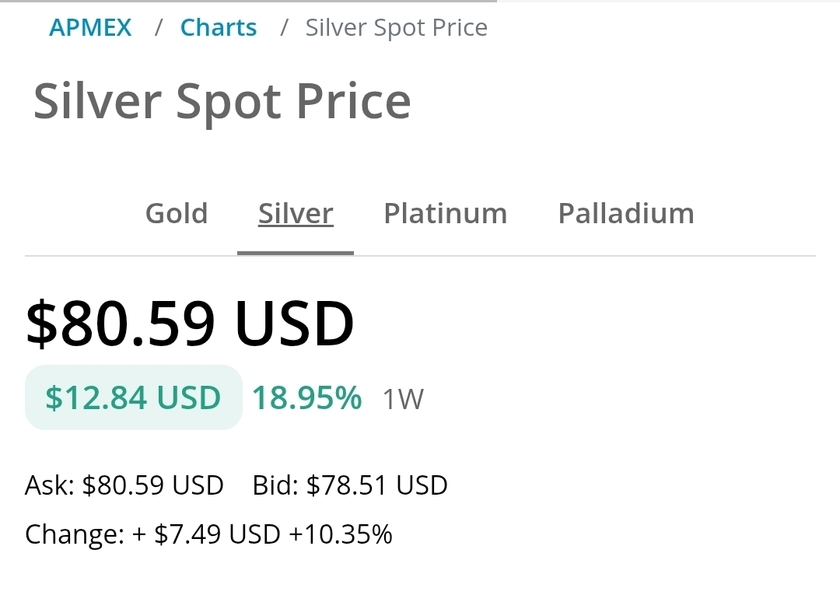Today at Hong Kong Fintech Week, the central bank participants in the MBridge cross border payment initiative discussed the central bank digital currency (CBDC) project. Examples mentioned in the first use case for trade payments and other potential applications appear to encourage the digital yuan‘s internationalization.
The recent MBridge pilot involved commercial and central banks from Hong Kong, China, Thailand and the UAE making international corporate payments. The project is hosted by the BIS Innovation Hub in Hong Kong.
As a quick overview, MBridge is a multi-CBDC project involving a single blockchain infrastructure, with each central bank hosting its own node and controlling its digital currency. It’s a wholesale multi-CBDC payment infrastructure where only the central and commercial banks participate, and it is primarily intended for cross border payments.
Expanding the reach of the digital yuan, eCNY
Each country has a different role, with China leading the technical work and the UAE spearheading the business side with use cases.
The UAE advisor Shu-Pui Li discussed the international trade use case. Talking about the recent pilot, Li mentioned some transactions were for oil and gas payments. “Chinese corps (corporates) paying to the UAE are happy to use eCNY (digital yuan),” said Li. “And the corporates in the UAE are more than happy to receive eCNY.”
He gave another example of a UAE company that buys vaccines from China and would normally pay in US dollars. “They pay to Hong Kong, so they’re flexible to pay eHKD or eCNY,” he said.
According to Li, 60% of China’s trade with MENA goes through the UAE. China is also the UAE’s top customer for oil and gas and 300,000 Chinese nationals work in the country.
Li discussed two other uses cases – for infrastructure finance and as an alternative to correspondent banks – although it was unclear whether the other central banks have endorsed these.
On the topic of infrastructure finance, Li mentioned One Belt One Road, the Chinese foreign investment initiative. It’s controversial in the West because some countries will not be able to repay China, creating a dependency. “We’re talking hundreds of these projects in One Belt One Road,” said Li. ” And the UAE can play a very significant role in the One Belt One Road infrastructure financing.”
Mr. Li discussed a third use case, using a CBDC cross border payment infrastructure as an alternative to correspondent banking. By using blockchain, there is no need for intermediary banks as happens today in cross border payments. Cutting out the middleman can save costs and payment delays.
But an infrastructure such as MBridge also creates an alternative to the SWIFT payment messaging system, which has been used to enforce Western sanctions. “For soundness, we need highly resilient robustness,” said Mr. Li. “We cannot tolerate any disruption. At the moment, we see that’s happening,” said Mr Li.
At a practical level, there are also signs of eCNY ambitions. For example, the Bank of Thailand and the UAE did not allow foreign banks to hold their domestic digital currencies overnight. But the People’s Bank of China and the Hong Kong Monetary Authority allowed it.
The road ahead
China started its eCNY project in 2014, and activity accelerated with the unveiling of Facebook’s Libra in 2019. A few months later, we wrote about the potential for a digital renminbi (RMB) to expand the Chinese currency’s international reach.
In October 2020, China officially launched its first retail CBDC pilots, emphasizing the domestic use case. Five months later, MBridge was announced for cross border payments as an extension of the Thai-Hong Kong Inthanon-LionRock project. Early plans shared a year ago highlight MBridge’s big ambitions. And the recent paper on the MBridge project makes it clear that this is more than research and aims to go into production.
During today’s talk, there was active canvassing for more central banks to join. Mu Changchun, who leads China’s Digital Currency Institute, explained that central banks don’t need to have an existing CBDC to join the project. MBridge can connect directly to a real time gross settlement (RTGS) system to convert central bank reserves to digital currency.
No matter how many central banks sign up, the message is clear. In the near future, cross-border payments will become far more fragmented compared to the recent past dominated by SWIFT. Rising geopolitical tensions act as an accelerant.




























